Wildlife Safety While On The Trail
Bears aren’t the only large animals hikers in North America need to be cognizant of for their own safety. Here are some tips on pursuing good neighborly relations in the backcountry with some of these other spectacular wildlife, from mammoth moose to ever-grinning gators.
Puma
A puma (aka mountain lion, aka cougar, aka panther, etc.—this is a beast of many names) is a truly awesome carnivore: a big cat that can spring 40 feet in one bound and singlehandedly dispatch bull elk many times its weight. Its predatory prowess notwithstanding, the puma hardly ever targets people; it’s as elusive as any mammal on the continent, and rarely seen even where common. An uptick in puma attacks on humans over the past few decades seems to have much more to do with larger numbers of people living and recreating in cougar country than any change in the cats’ prey predilections.
You’re still highly unlikely to run into a puma out there, but, if you do, your main goal should be making very clear to it that you’re a strong, feisty human being not worth its effort to tangle with. Standing tall, holding your arms out wide, and shouting at the cat will usually send it running (or at least slinking) away. If it approaches, don’t run: Throw sticks or rocks to more firmly suggest it head elsewhere. If it attacks, fight back by any means necessary. Keep in mind: A cougar is a solitary hunter that relies on its stealth, speed, and strength to take down prey, and it’s not in the cat’s best interest to receive an injury in the process. A person who stands his or her ground and responds with aggressive defense is normally going to send the puma packing.
Children are more vulnerable than adults to a puma, so keep close tabs on them at all times when they’re along for the hike. Also, trail runners may be at greater risk than hikers because their fast, bobbing movement can trigger the cat’s predatory response—and, in deep woods or heavy brush, suggest the flight of a deer, the puma’s number-one food in most areas.
A final note: Outdoor lore is full of references to pumas following people through the wilds without ever attacking. This seems to be a reflection of the carnivore’s curiosity more than anything. So if you glance behind you to see a wary cat on your trail, don’t panic: It’s almost assuredly not stalking you as quarry. Instead, count your luck at a super-rare glimpse of a thoroughly magnificent animal most people never see. (And follow the course of action outlined above if the big cat doesn’t just melt away under your gaze.)
Ungulates
For as much space as bears and mountain lions occupy in the shadowy corners of our collective hiker subconscious, it’s hoofed mammals you’re more likely to contend with in the North American backcountry. A whitetail or mule deer is mainly dangerous only to the motorist, but bigger ungulates—especially elk, moose, and American bison—are nothing to mess around with on the trail.
All things considered, elk are usually only a significant issue in a national park like Yellowstone or Rocky Mountain where they don’t exhibit much shyness around people. In such places, a bull during the autumn rut is especially volatile, and you should steer plenty clear.
Moose, the biggest deer in the world, are more dangerous. A cow protecting her calf is one terrifying beast: Just ask a wolf or grizzly bear. And a rutting bull (which may weigh the better part of a ton) can be intimidatingly ornery. Give any moose you encounter a lot of room, and watch out for signs the animal’s getting agitated: flattened ears, head-tossing, antler-shaking, and/or urination among them. Moose can charge with frightening speed, and their hooves—whether on slashing forelegs or kicking rear ones—are deadly defensive weapons.
American bison, bigger yet and impressively agile for their bulk, also pose a risk for hikers—say, in Oklahoma’s Tallgrass Prairie Preserve, or Yellowstone’s Hayden Valley, or the wilds of Utah’s Henry Mountains, or the boreal backcountry of Wood Buffalo National Park. Though the shaggy bovids, which can weigh a ton, are perhaps most excitable during their late-summer rut, a trailside herd should be detoured widely around anytime of year. A bison that raises its tail may be feeling unsettled by your presence (conversely, it may be preparing to defecate—but, if so, that should quickly become apparent); other warning signs include pawing and head-shaking. Don’t make the mistake of treating a bison like some dull, humpbacked cow: This is a fast, nimble, and wild beast that doesn’t take lip from anything on the landscape, whether it’s a prowling gray wolf or an unwary backpacker.
American Alligator
American alligators are widespread and numerous enough in the U.S. Southeast that backcountry hikers (and canoeists and kayakers) in the region should know their gator etiquette. These burly, black reptiles aren’t as dangerous as Nile or estuarine crocodiles, mostly because they’re not quite as large. An adult human is a little on the hefty size for your average alligator, although the biggest—males (bulls) can grow past 15 feet and 1,000 pounds—might conceivably size us up as prey. More vulnerable are children and dogs, so if you’ve got them along on your Southern odyssey you need to be especially careful.
Avoiding a nasty encounter with an alligator is usually pretty simple and straightforward. Don’t go swimming in the Southeast’s wild rivers, sloughs, lakes, or ponds; obviously plenty of people are going to take the plunge no matter what, but at least know the risks. Bathing or wading at night, when gators are most actively hunting, is downright foolhardy. You also need to exercise real caution when you’re fishing from the shore or fetching/filtering water: Crocodilians are masters at ambushing shoreline animals—just think of all those documentaries showing Nile crocs snatching drinking wildebeest or impala in East Africa—and a large gator can be essentially invisible in surprisingly shallow water.
On a footpath through bottomland forest or wetlands (such as many stretches of the Florida National Scenic Trail), you may encounter the odd alligator basking beside, or on, the trail. Normally it’ll whirl away for the nearest water, but some gators—especially one that’s been fed or is otherwise habituated to people—are bolder and don’t yield. Give an alligator that holds its ground a wide berth; it’s unlikely to go out of its way to attack you, but getting too close could elicit a defensive strike, and an alligator can (somewhat counterintuitively) outrun a human over short distances.
Further Resources
Looking for more info on animal safety on the trail? Here are some additional resources:
• Utah Division of Wildlife Resources: Staying Safe in Cougar Country
• AMC Outdoors: Moose Encounters
• Alaska Department of Fish & Game: Living With Wood Bison
• Texas Parks & Wildlife: Alligator Safety
Recent Hiking & Camping Posts
Fall Hiking Gear
The Best in 2020 Fall Hiking Gear Looking for information on fall hiking gear? No offense to the other seasons, but Autumn is the best time to hike throughout much of the Northern [...]
Hiking Trail Shoes
Hiking & Trail Shoes - Earth Gear Review Altra Trail Shoes Prior to our trip to Sedona we were approached by Altra Running and offered shoes to test on the desert trails [...]
Backcountry Technology
Outdoor Backcountry Technology: The Best in Outdoor Tech Outdoor Backcountry Technology: Some say they seek adventure in the outdoors to escape the trappings of technology, society, and the everyday. We get it. But [...]
Best Backpacking Backpacks
The Best Backpacking Backpacks: Earth Gear's Top 3 If you’re like us, you probably spend an incredible amount of time obsessing over the gear you need when you are planning your next adventure. [...]
Best Camping Tents
Best Camping Tents: Earth Gear's Top 3 Best Camping Tents: The right tent is your home away from home when camping. Choosing the right tent can [...]
Choosing the Right Camera
Choosing The Right Camera to Capture Your Adventure If you believe in the old hiking and backpacking adage; take nothing but pictures, leave nothing but footprints, kill nothing but time, then you are a [...]
Insulated Jackets
Earth Gear Choices for Insulated Jackets You want to be warm when the temps start to drop? I mean, do you really want to be warm? Do you want to be warm, but are [...]
All Recent Posts
Fall Hiking Gear
The Best in 2020 Fall Hiking Gear Looking for information on fall hiking gear? No offense to the other seasons, but Autumn is the best time to hike throughout much of the Northern [...]
Outdoor Technology
Outdoor Technology: Hiking Backpacking and Camping You may not be a fan of outdoor technology. It may be due to a lack of understanding, maybe you think that it’s too complicated, or you [...]
Handcrafted Log Homes
Handcrafted Log Homes Handcrafted log homes in North America date back to 1638. That is about the time that historians believe that log home construction began in the United States. Historically, log homes [...]
Best Cocktail Recipes
Best Cocktail Recipes Have you ever wondered what the best cocktails are for entertaining your friends? Earth Gear has - and we thought we would bring the best cocktail recipes to you. But first [...]
Sayulita Vacation
Crimson Skies of Sayulita If you are looking for an off-the-beaten-path travel destination, a great place to surf, reflect, rejuvenate, and soak up the sun then look no further than a Sayulita Vacation. This [...]
Big Island Hawaii Things To Do
Big Island Hawaii Things To Do, A Journey of Beauty and Contrast The big island Hawaii has a history datable to 1,500 years ago when a small fleet of canoes landed on the island's [...]
Climbing Mount Rainier
Climbing Mount Rainier Climbing Mount Rainier: At 14,411 feet, Mount Rainier—or Tahoma, as regional American Indian tribes called it—falls a little short of the loftiest Sierra Nevada and Southern Rocky Mountain peaks. You can [...]
Iceland Adventure Travel
Iceland — The land of Fire and Ice Iceland Adventure Travel; Iceland is home to just under 325,000 people who live in a habitable area of 103,000 square kilometers. The largest city is the [...]

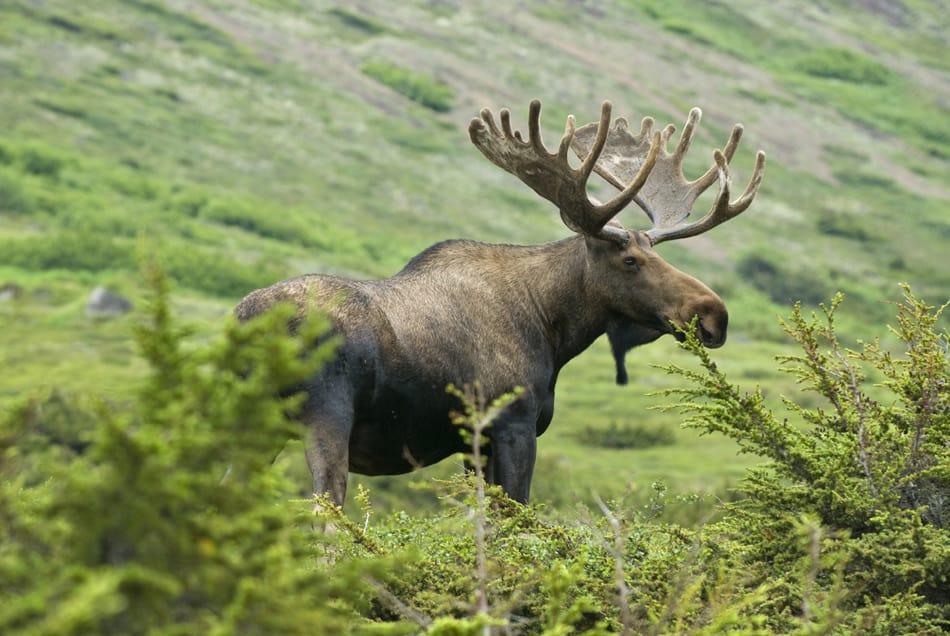
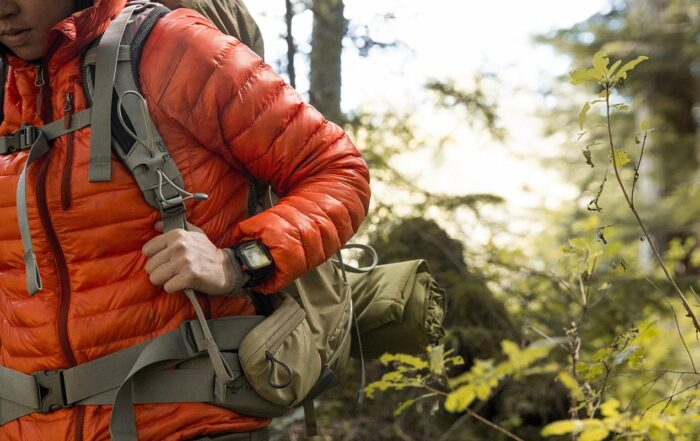

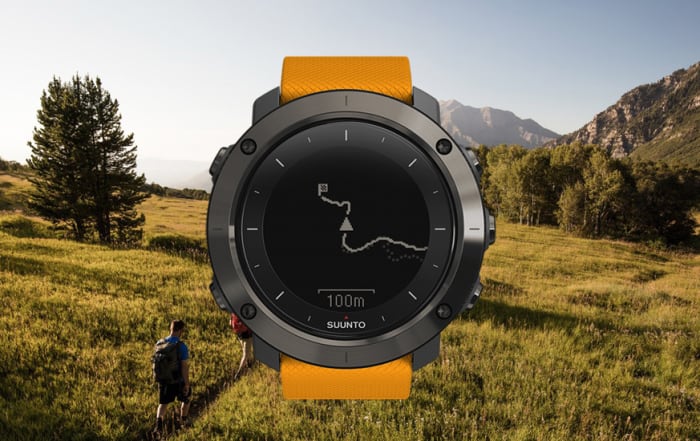
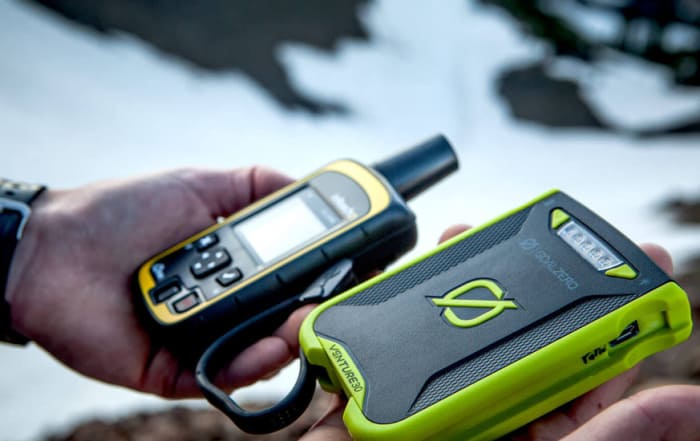
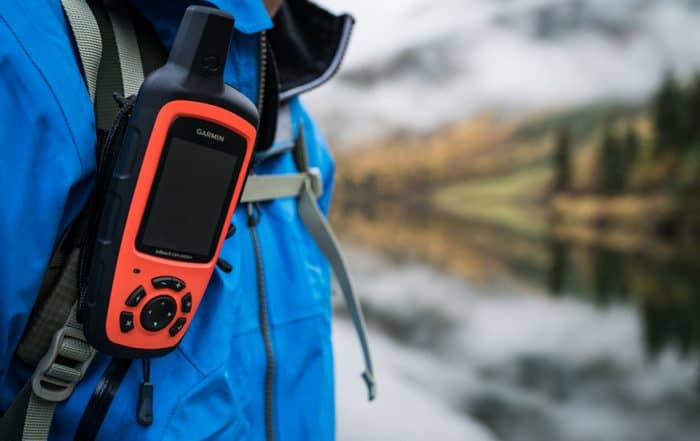
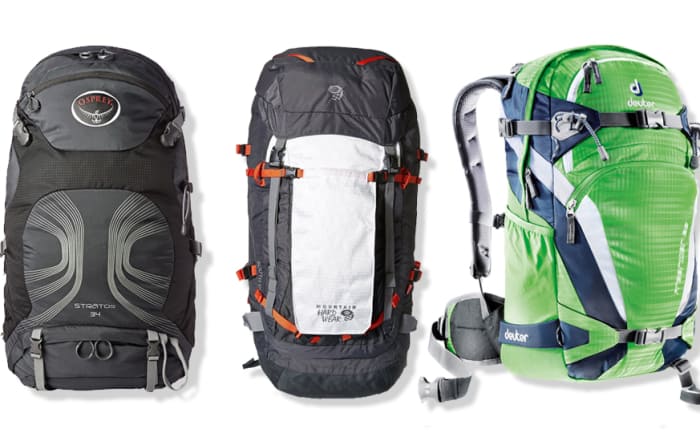
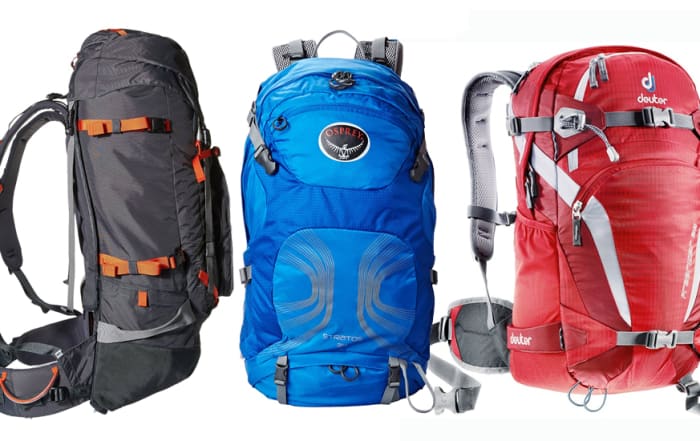
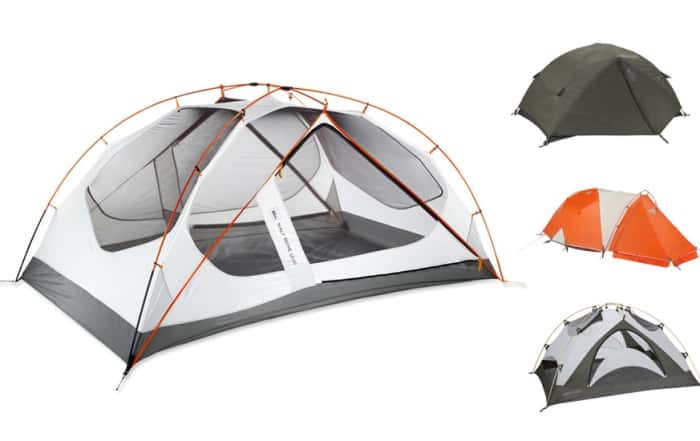
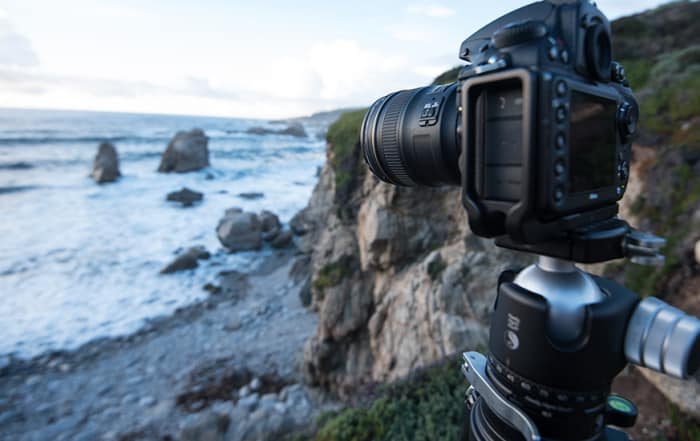
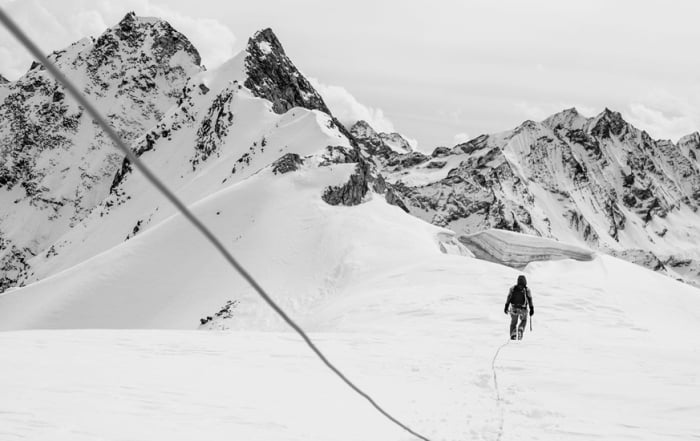
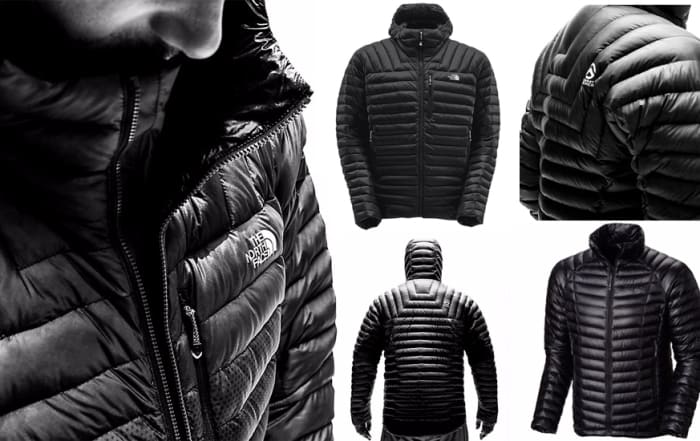
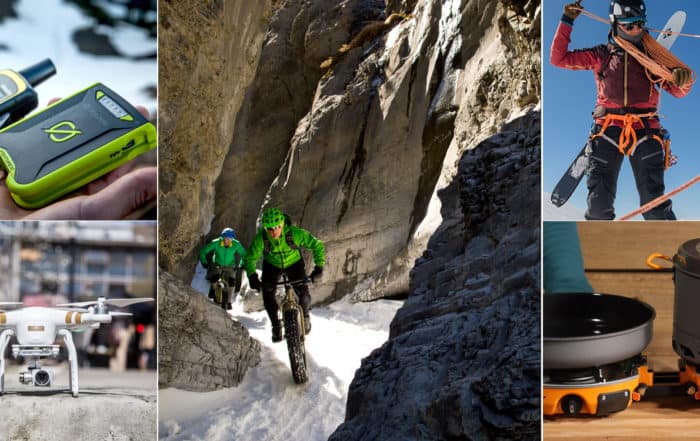




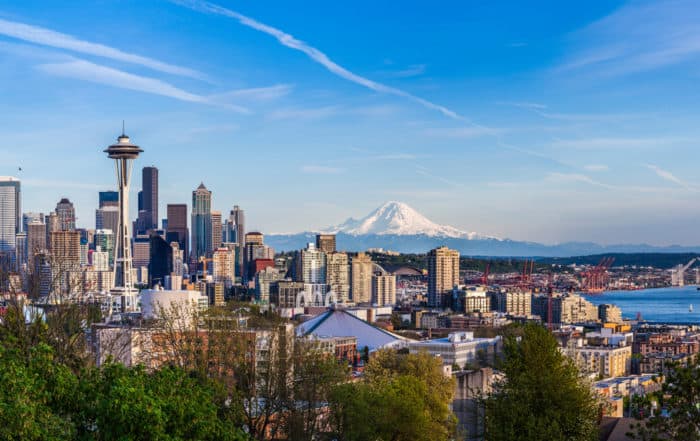

Leave A Comment